HOME
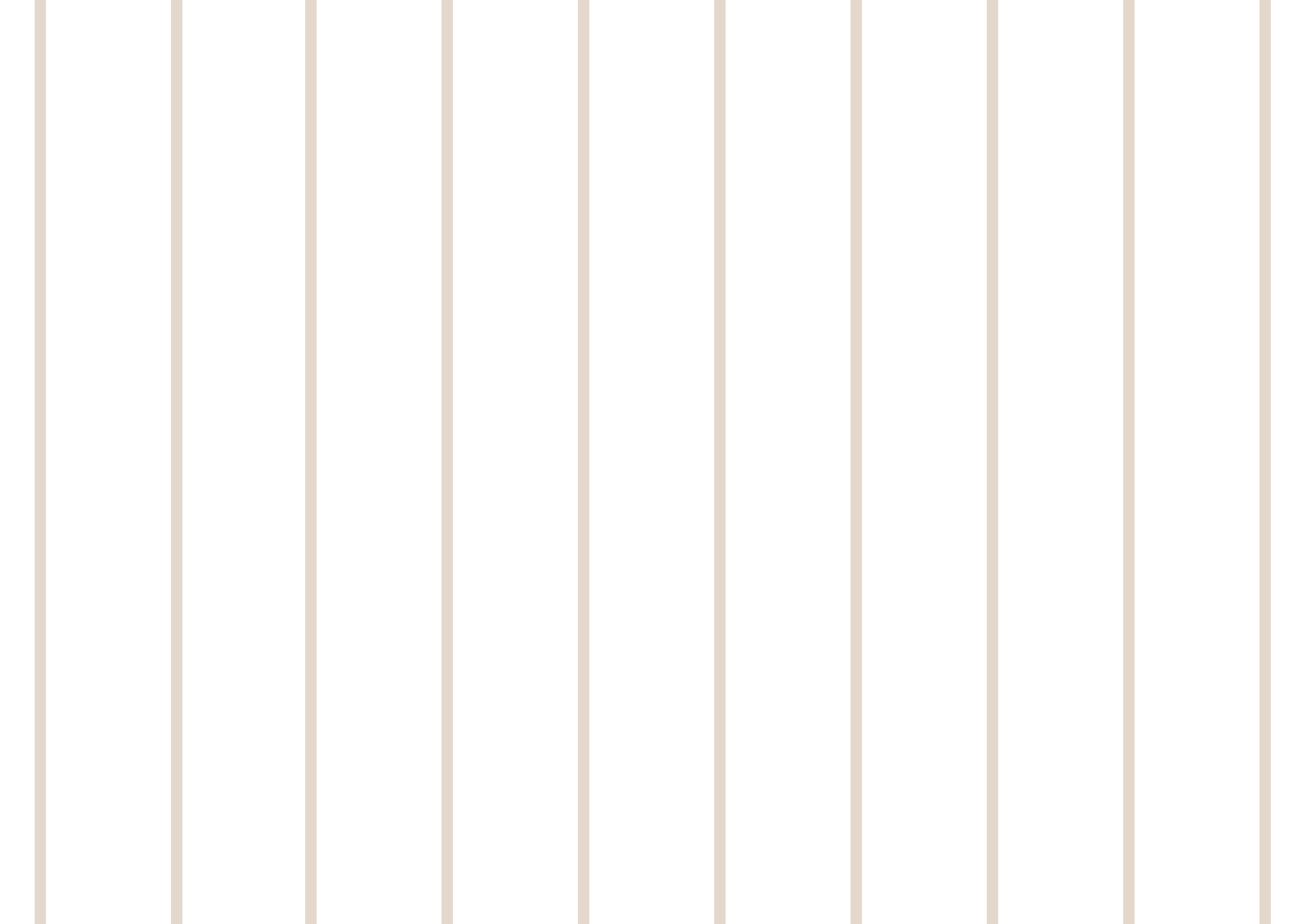
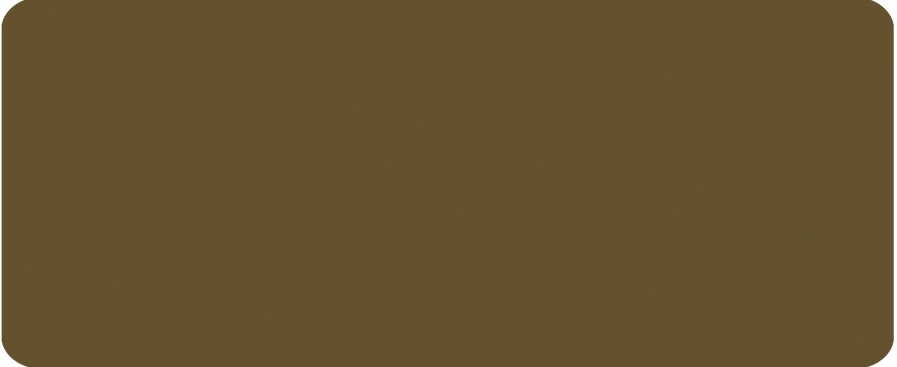
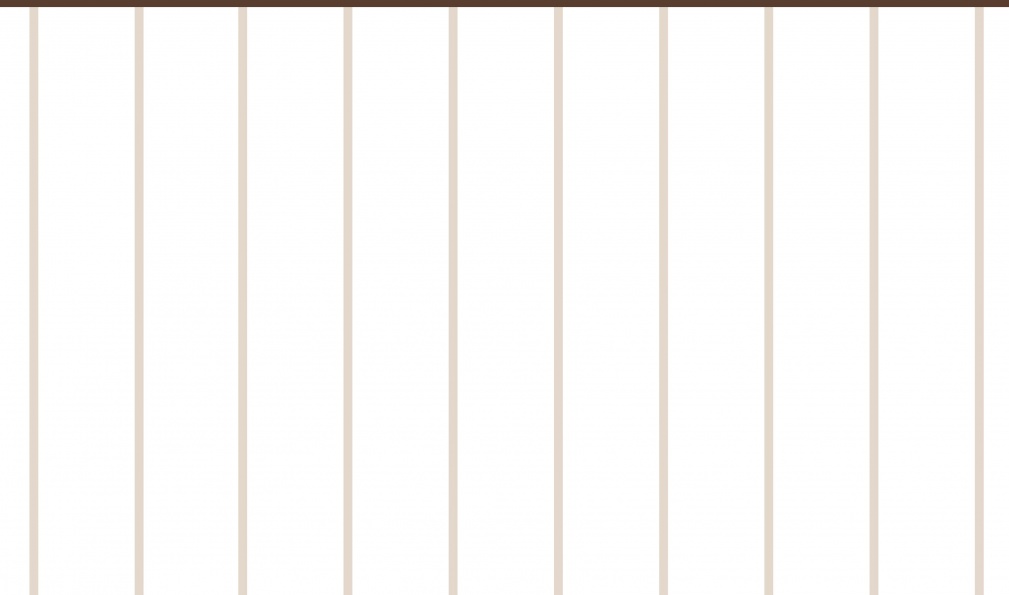
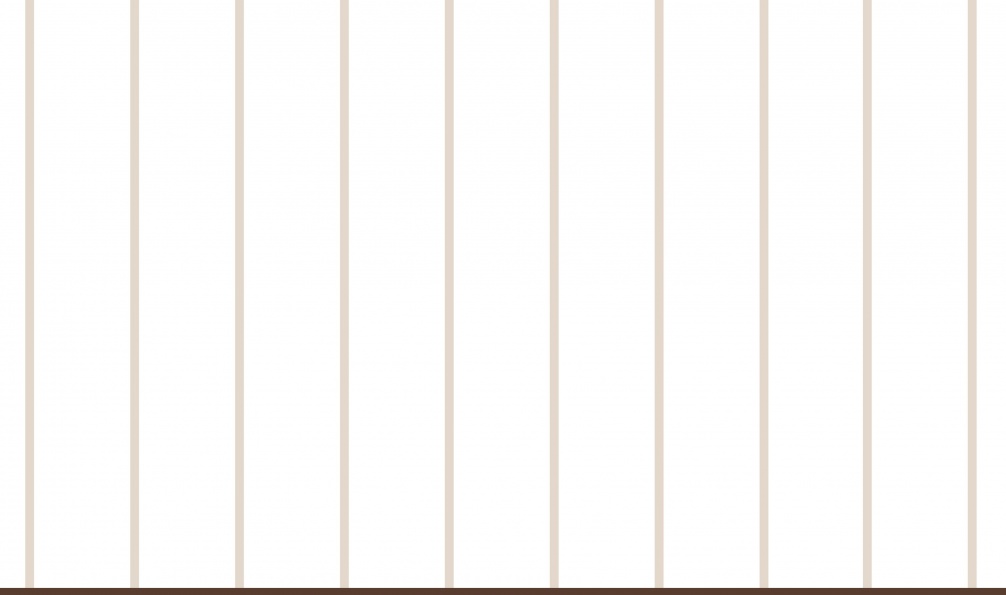
Maze brief final:
Taking the inspiration acknowledged at the High Arctic exhibition, I have then decided to create an outcome that provided similar user confusion aspects as the experience established during that time. Although not so in this case as a colorful outcome, but more of a black and white effect which was the main approach at the high arctic and also a crossword for instance? The idea of both combined- the high arctic and crosswords really functions well as they both have a high increase of participation due to interactivity. In this case the high arctic you’re provided with UV torchlight and crosswords a pen. But the overall focus is getting through from one stage to another... introducing a maze almost. Both these designs cause the participant to wonder and question of where they are and what to do next... The reasons for the maze idea has developed overtime as I experimented with various different sketching ideas, that overall showed a puzzling formation.
The color black stood out in such a bold manner, therefore the color represents such of an intense yet dark and gloomy effect. When the participants are entered to the arctic exhibition, in complete darkness but just glimpses of light flowing across the floor, creating an atmosphere that allows the viewer to take a role in an imaginative universe you can say. The room full of interactivity- engages the participant to go in deeper as to what other event can take place... the viewers would then communicate with others as to what they have experienced, therefore working in a maze as a group or partners sharing ideas as to how they can escape this experience to freedom from all this confusion. The main impact is is to confuse the participants, but also teaching them to work and engage with not the people around them- but the environment overall. Placing different puzzles for the groups to take part in, with a time limit they must complete each challenge without failure.
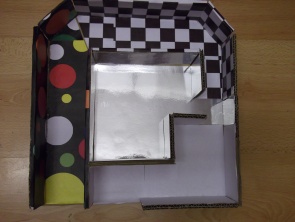
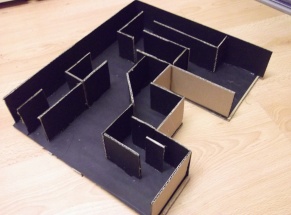
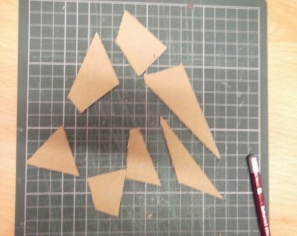
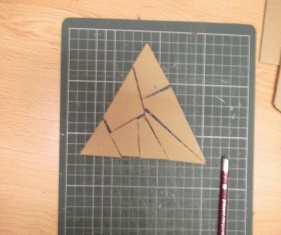
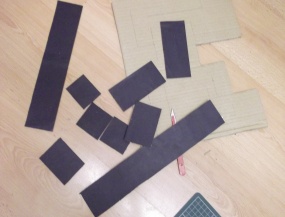

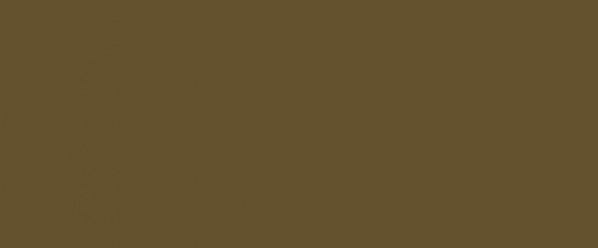

I created only one room of the maze, as each room uses the same concept. I created this using cardboard and black paper.
This is a representation of how the maze would eventually work. to the far left is a shape of a triangle, next to it broken pieces. In order to navigate through the maze each will have to find hidden pieces to create a puzzle - there will be many dead ends and many short cuts throughout the maze; with each user not knowing they will have to look in all places. Each room should be at a time limit of 5 minutes each. This gives users an adrenalin rush as they have a time limit - although nothing happens if they take longer than that; it is just to keep them more on their toes and give excitement than anything else.
My first idea of a maze was to create a riddle witihn each room - eventually leading into the next. I also had the idea of having a theme in each room. My first prototype as you can see to the right illustrates this. polkadodts,checkard, mirror and just a simple white - each being a room of its own. the riddle itself would be invisible and the only way to reveal this was by using a UV tourch - these riddles would have been around the walls and on the floor.

At first I thought of having a certain area on the wall that would embed each outline of the piece to be collected - This was to make it clear to the participant that a piece is missing and that they would have to go back throughout the maze in order to find it. But I then decided giving users a clue would be contradicting the rules of a maze, so I therefore decided I would have all pieces be magnetic - this will also make it easier for the user to control as all they would do is simply slide the collected piece on the magnetic wall (for example alphabetical fridge magnets).


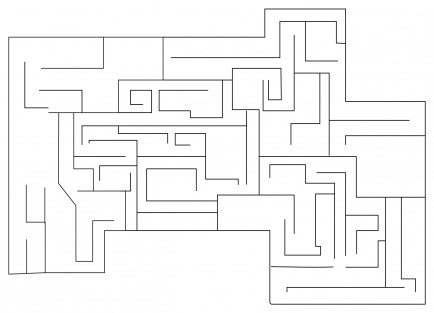
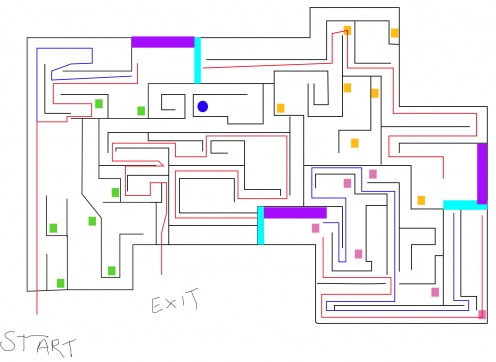
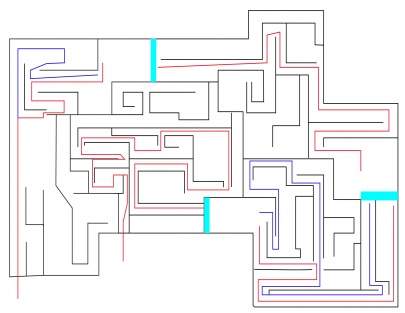
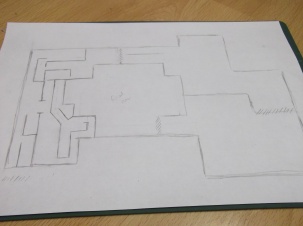



-Other idea's:
As I was sketching a new idea of a maze would come to mind, and a way to portray it. a few idea's were:
- To have a rotating maze - each room at a certain stage would rotate slowly and join another room - this will give the user confusion as to what had just happened, and will lead into exploration - as they would want to know what just happened.
-Another idea I had was to create the maze using a number of different material - tactile and visual. So for example; as you walk into the maze - both walls to the side could be read, BUT have different material - one could be a glossy red, and the other could be 'carpet' red (both including a different texture). The user will only really notice this if they look carefully. Back to the concept of the maze, the idea is that once you reach the last room, you will be given a set of different materials - these will be used in order to build the whole maze as you saw - but must be in the correct order. This may lead for one to go back into each room to observe and gain information about the textures presented. This specific maze concentrates mainly on memory as well as team work.
-Also another idea was that in each room of the maze there will be hidden words that must be revealed with a torch, in order to get to the next room you would have to collect all the letters in each room to assemble together to make the correct word. If the word is missing a letter, one must start again to find the missing one.
- The idea above leads me into thinking about puzzles in general. it also links to a maze as in my opinion a maze is like a puzzle, you need to find your way through correctly in order to complete it. But I thought about other ways in which I can maybe include a puzzle within each room. I then decided that in each room could be a set of many 3D shapes - the task would be to assemble these pieces together; each piece would be moulded to fit with one other and so on - in other words a puzzle. The image created in the end will then be used in order to get into the next room... For example if the pieces resembled a triangle - the word triangle would be the key to get into the next room and so on.
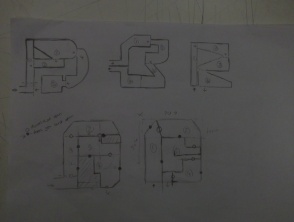
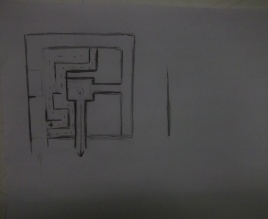
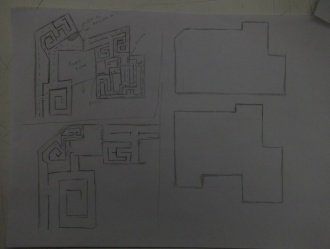
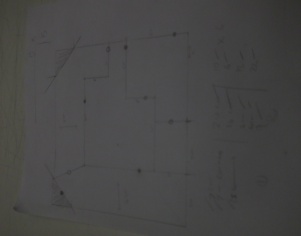

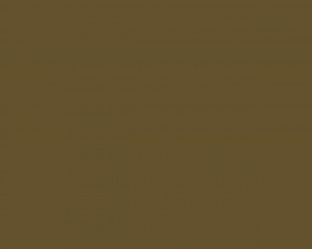

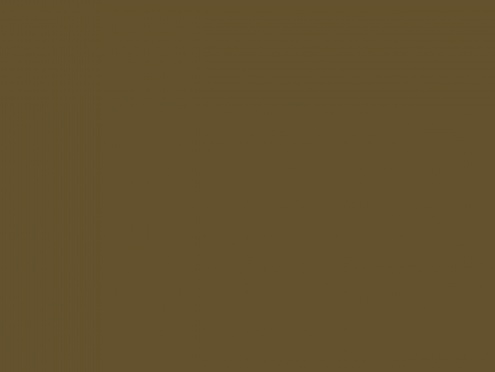

Development and idea's:
Final
-I developed the idea above further by considering more possible options. I thought in ways i could maybe change it, colour, themes the amount of rooms - etc. I found myself reverting back to one object I kept brining up throughout my idea developments - the torch. I decided that the maze should be a 'walk in the dark' maze - using the torch to navigate. The concept of the pieces will be the same, but instead of them being set out for you, you would have to go through the different pathways of the maze in order to find and collect the different pieces. This was used as my final idea.
I did some more sketches as I didn’t really find my 1st prototype to be much like a maze. Ideas and development stages below.
I started off with a simple sketch of the outline of my maze, I scanned this in to illustrator in order to give more detail and show how it looks as from a bird’s eye view angle.
-The turquoise rectangles show the doors you must open in order to get to the next room.
-The purple rectangles is roughly were the magnetic wall would be put.
- The small coloured squares in each room show an example of where the puzzle pieces may be.
-The red lines throughout each room shows the fastest route in getting to the 'puzzle' room, whereas the blue shows the longest route.
-Last but not least the blue circle in the final room is a key that must be found in order to open the exit door.